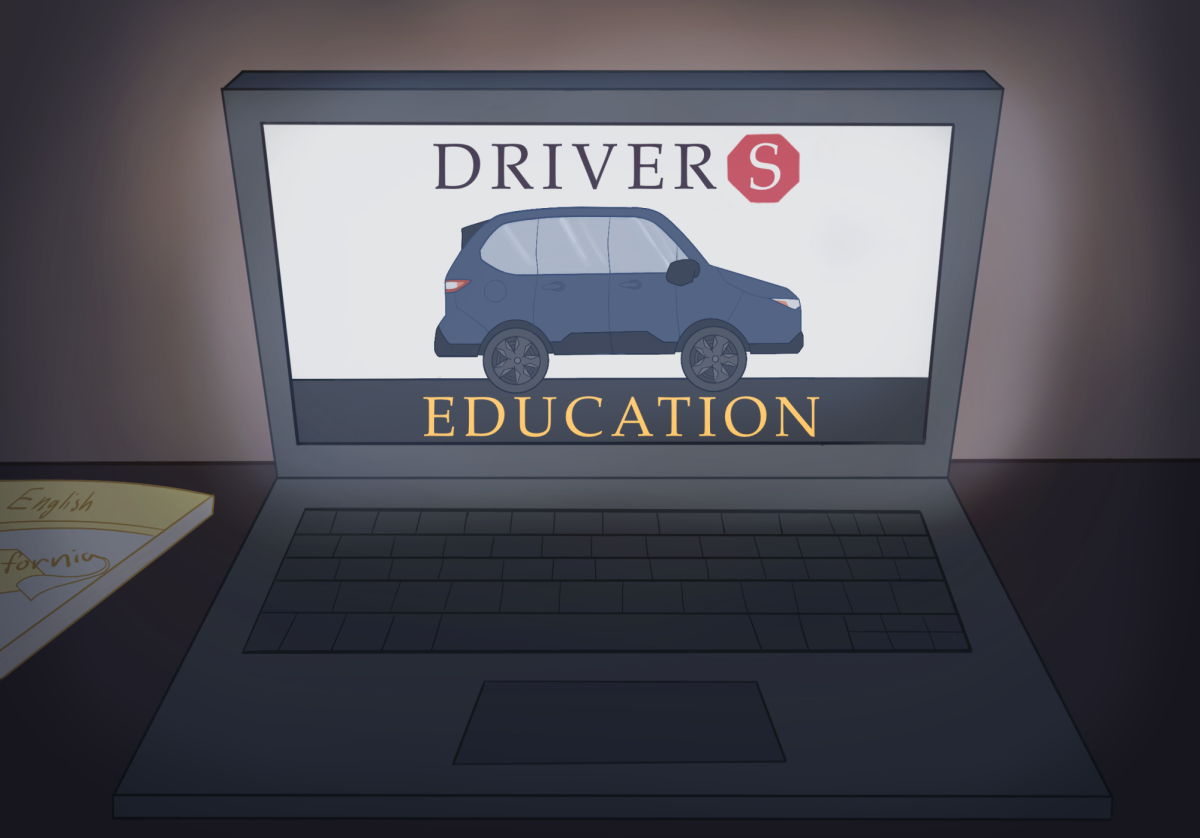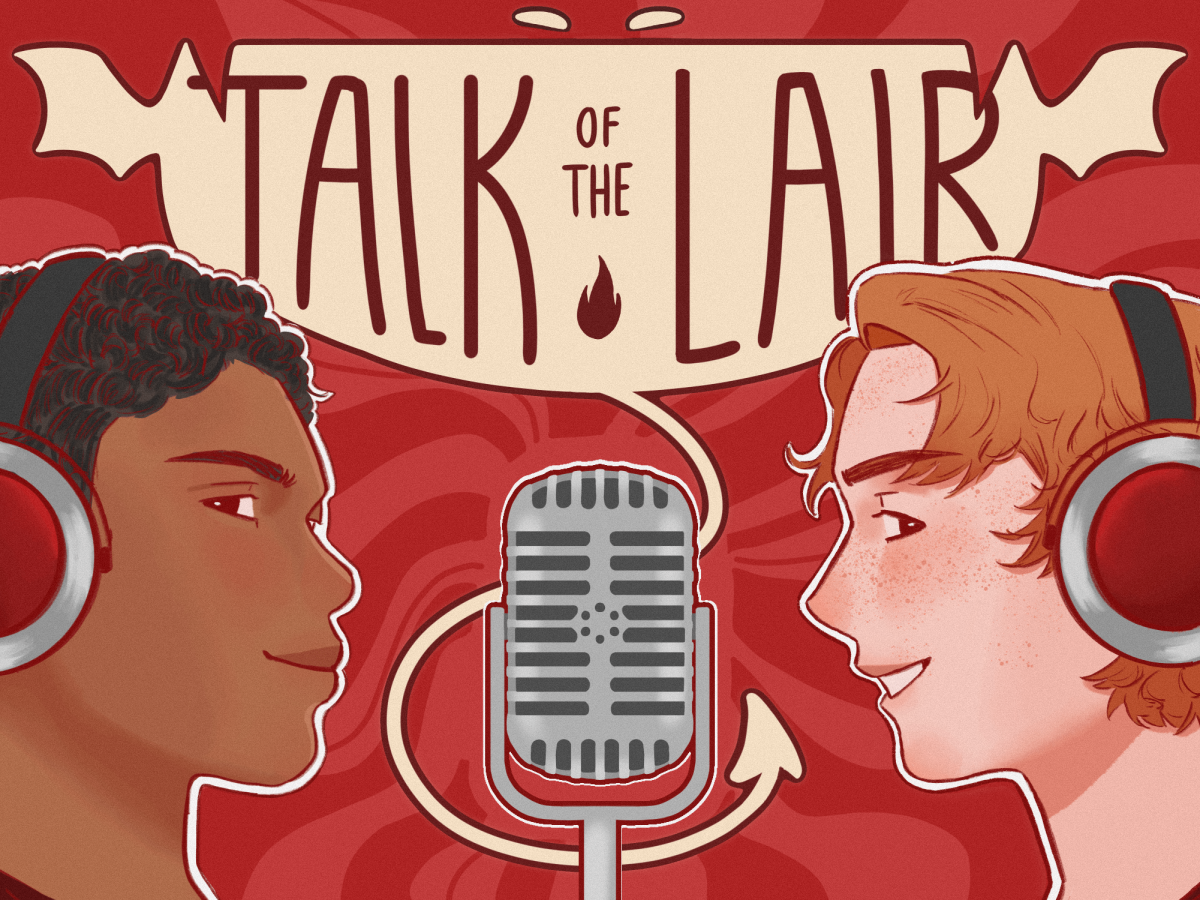Drivers education (drivers ed) is an experience that most Americans go through as a first step to getting their permit, and eventually driver’s license. But in more modern times, certain parts of the drivers ed course have proven to be somewhat outdated or even unnecessary. Depending on which drivers ed you choose to take, the amount of time required to complete the course varies. For example, in California it can take up to 30 hours to complete. This process is very time consuming, so it should be worth it in the long run, but is it really improving road safety and actual driver knowledge?
Completing drivers ed can be grueling and tedious, which isn’t the kind of experience it should be. People learn in all different ways, and there’s no reason why drivers ed couldn’t be approached a different way. Some people work better with hands-on learning, others might appreciate visual components or maybe just reading. All of these different methods should be available to those who have different learning styles, to encourage them to get their license.
Another issue with drivers ed is the fact that it’s not free. While there are some courses that are cheaper than others, most are on the pricier end. Many high schools used to offer drivers education classes at no cost, which was beneficial to low income students who deserve an opportunity to get their driver’s permit. However, in more recent years, people have begun to choose the online option, resulting in a decline of the classes in schools. Drivers ed is something that should be free, not something where students are forced to choose between higher quality or lower cost.
While drivers ed can be an issue, the permit test is just as problematic. In an article written by Forbes Magazine, “Three in five drivers (60%) said they agreed that the driver’s test is designed to be passed, not to truly test one’s driving skills, [and] more than half of respondents (52%) said driver’s education is outdated.” If a majority of drivers feel that both the test and drivers ed is problematic, then surely this system needs to be revised.
The real question is whether or not drivers ed is improving overall road safety. A study by The University of Nebraska-Lincoln found that drivers ed significantly reduced the probability of car accidents. According to this study, “of 150,000 teen drivers over eight years, teens who didn’t take driver’s ed were 75% more likely to get a traffic ticket, 24% more likely to get in an accident with fatalities or injuries and 16% more likely to have an accident in general.” Drivers ed is improving road safety, making it essential.
However, if the DMV were to take a different approach, by catering to certain people’s learning styles, updating the test regularly and paying more attention to the important knowledge of the road., this would result in a gained confidence for young drivers, and they would feel more comfortable with having the option to approach drivers ed from different angles. With these changes, young drivers might feel more confident when learning and it would improve the overall safety of the road.
















